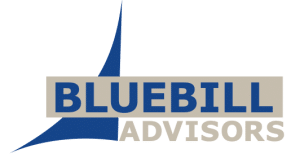Our Publishing Practice released a new report this week: Digital Magazine and Newspaper Editions – Growth, Trends, and Best Practices. This is an interesting study especially because it is not an area covered much, if at all, by other firms. Bill Rosenblatt, who co-authored the report with Steve Paxhia, blogged about the report yesterday. You can download the report at no charge from our new “Research Reports” page.
The new page will be the place to find a listing of our most current reports and studies. You can also find information there about Beyond Search: What to do When Your Enterprise Search System Doesn’t Work, by Stephen Arnold, which we released in April (and which is not free – but a great deal!).
We have 5 more reports in the works to be published in the next couple of months, and realized we needed a home for this new series of publications. While you can find most anything on our site with our Google custom search, we have reports going back to 1993, as well as many other types of publications, and thought a new home for current reports would make for a friendlier site.

